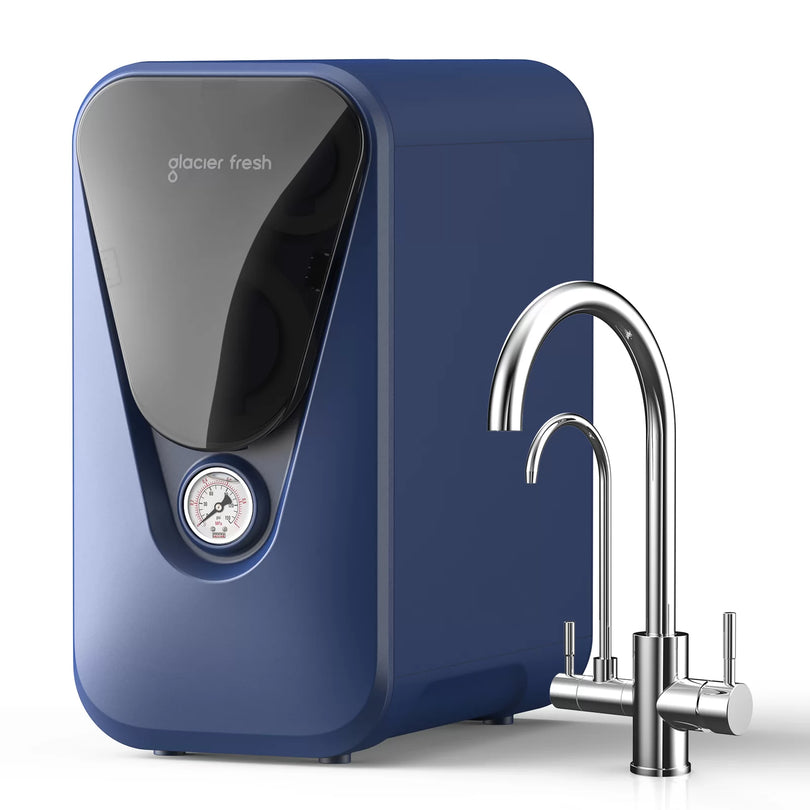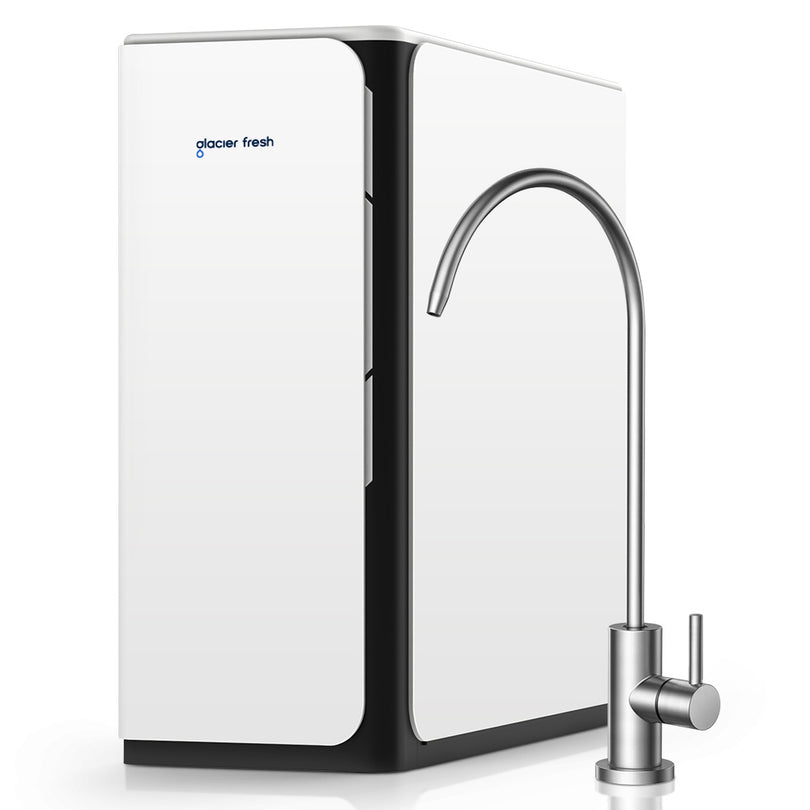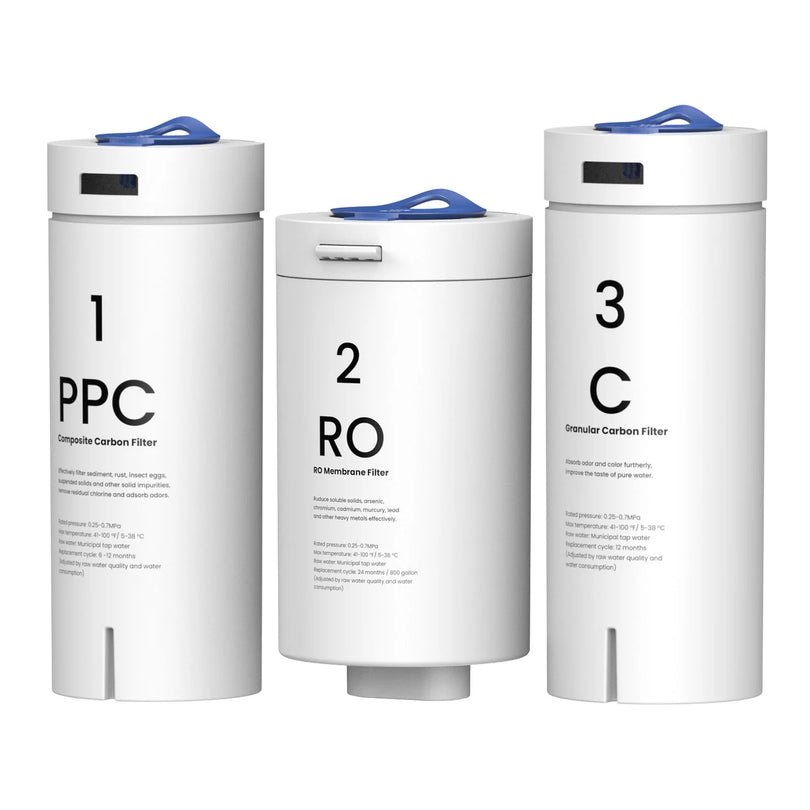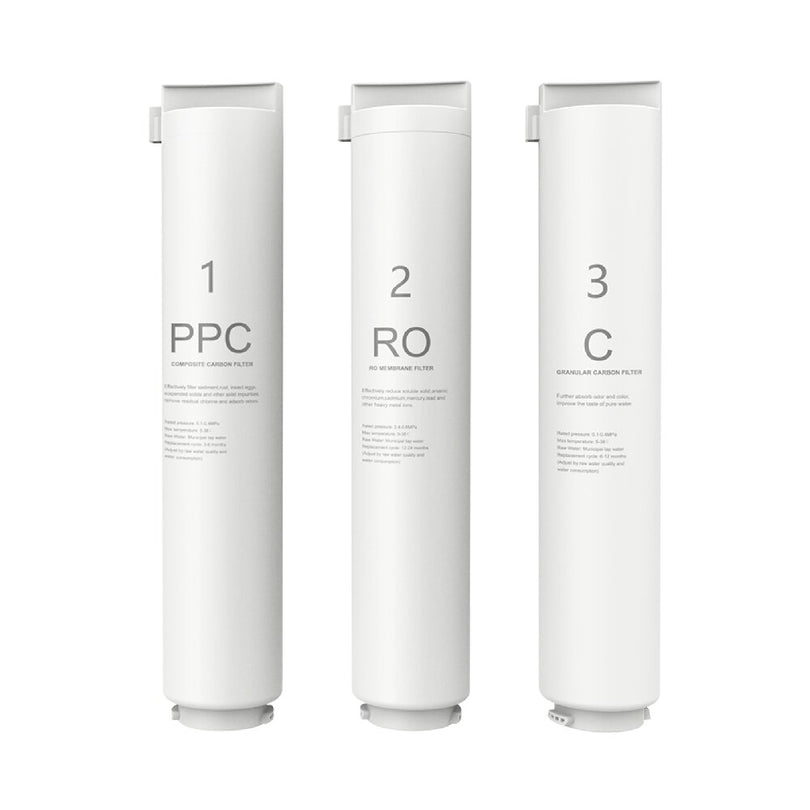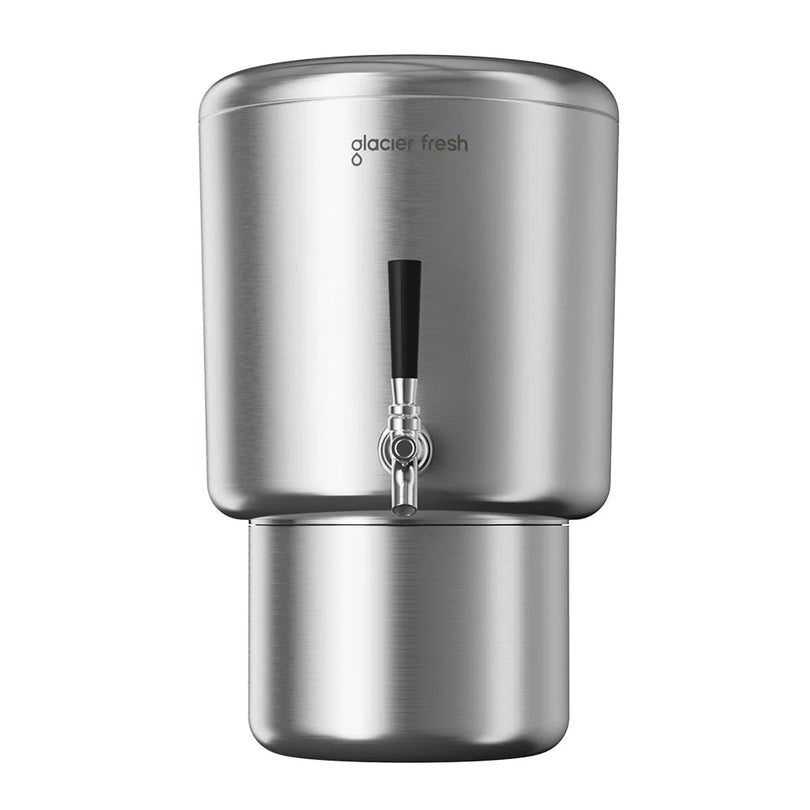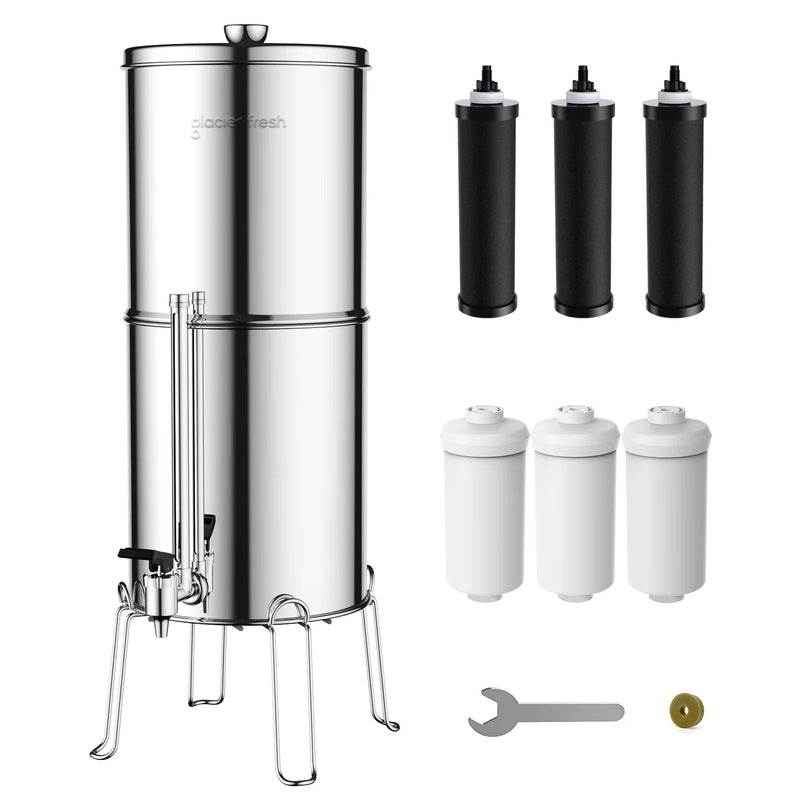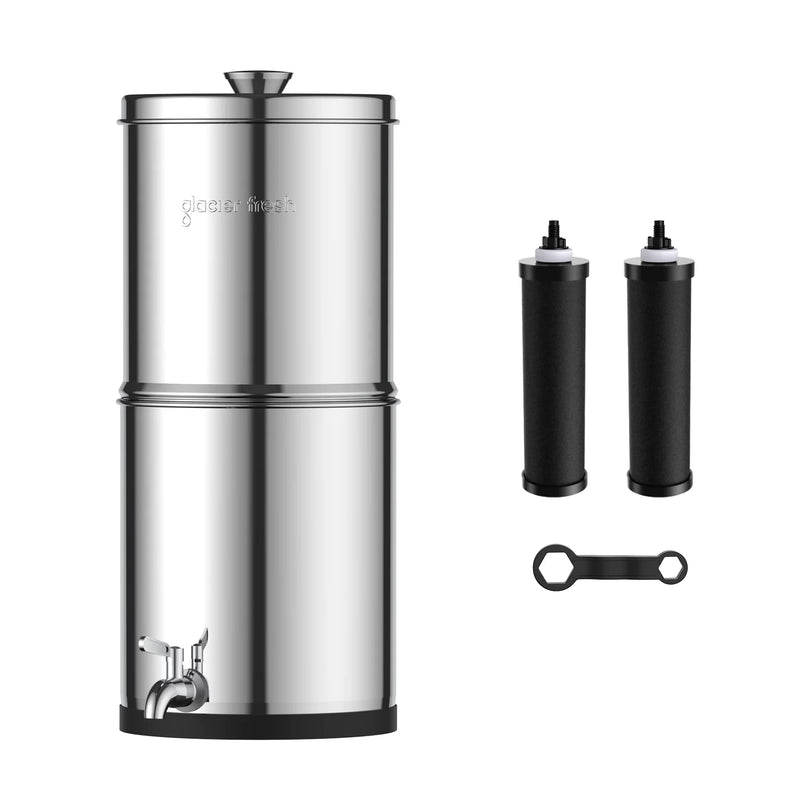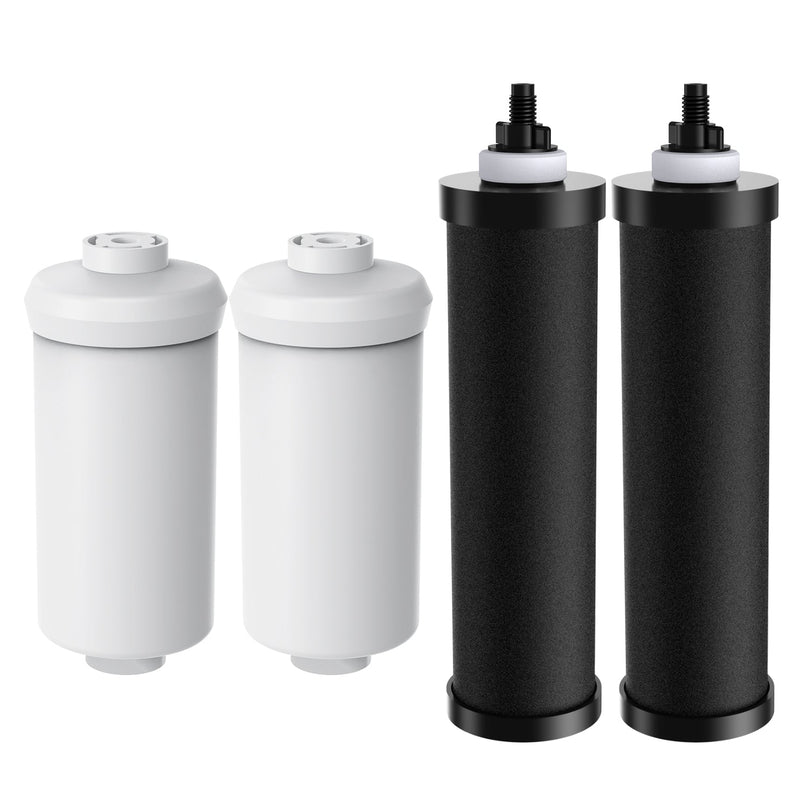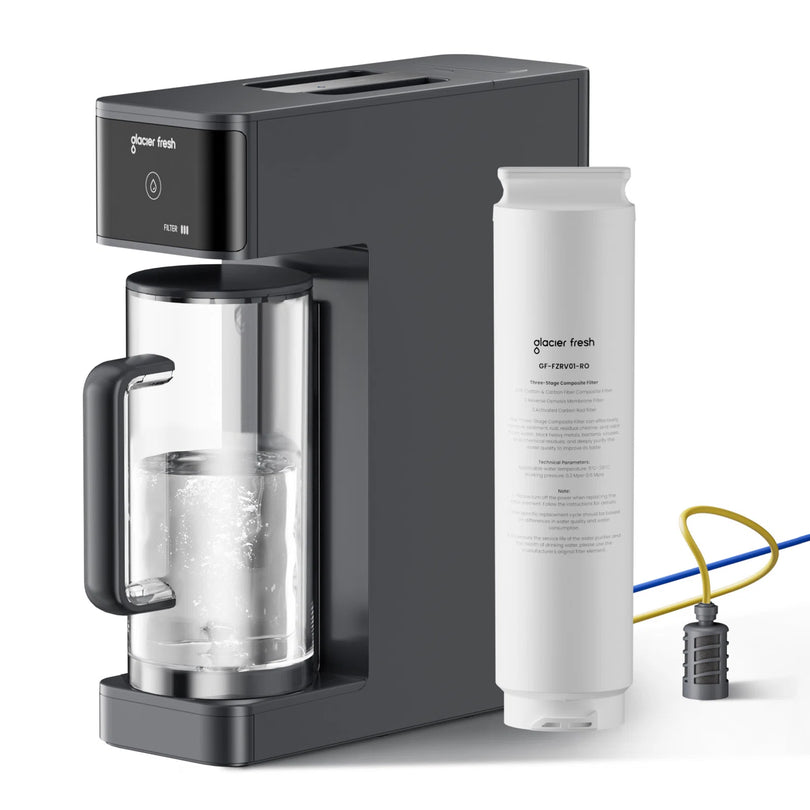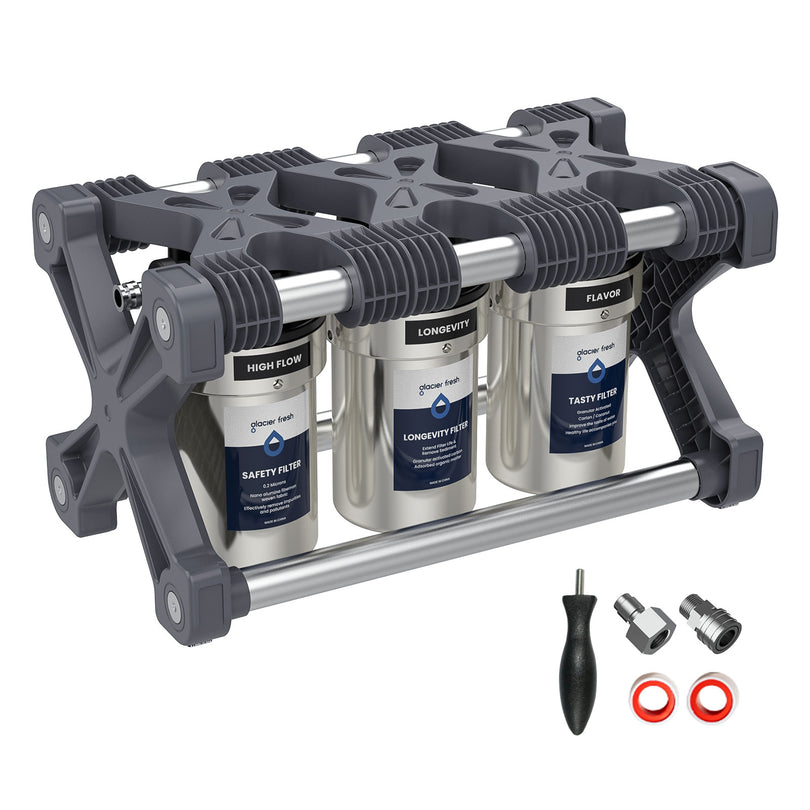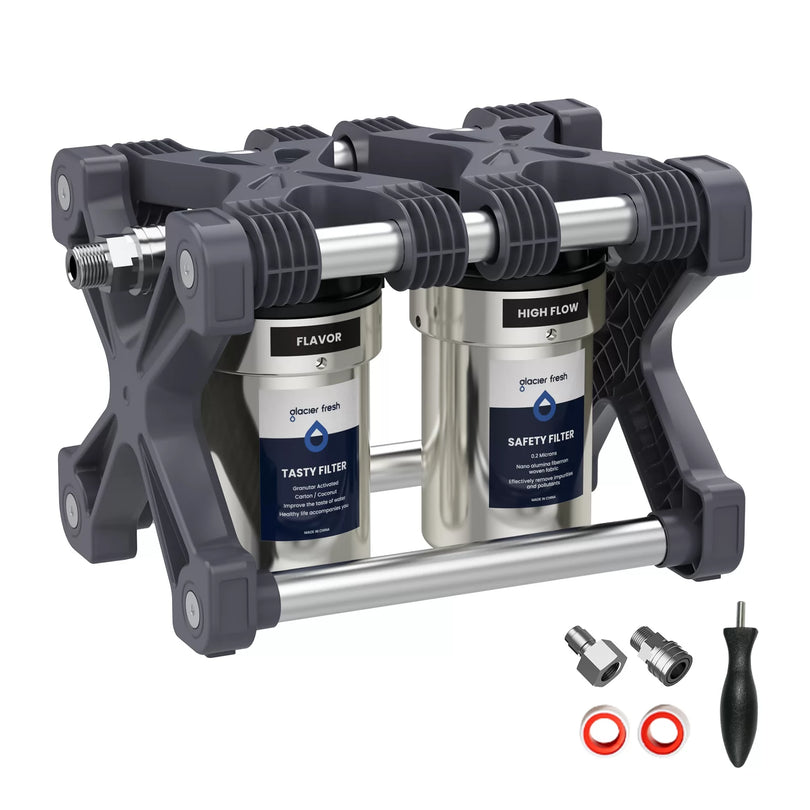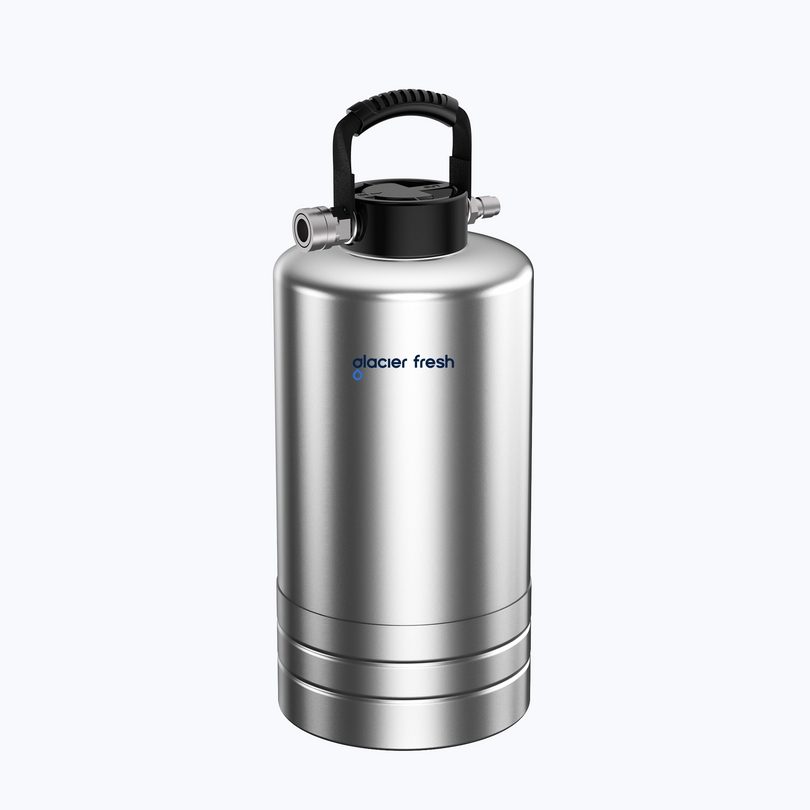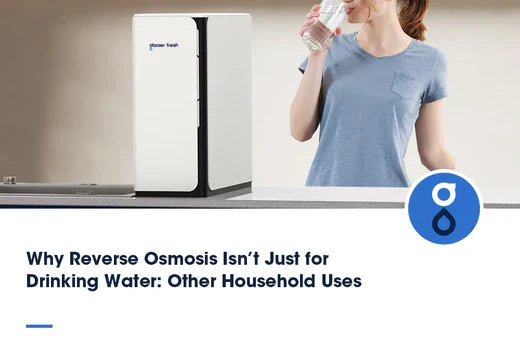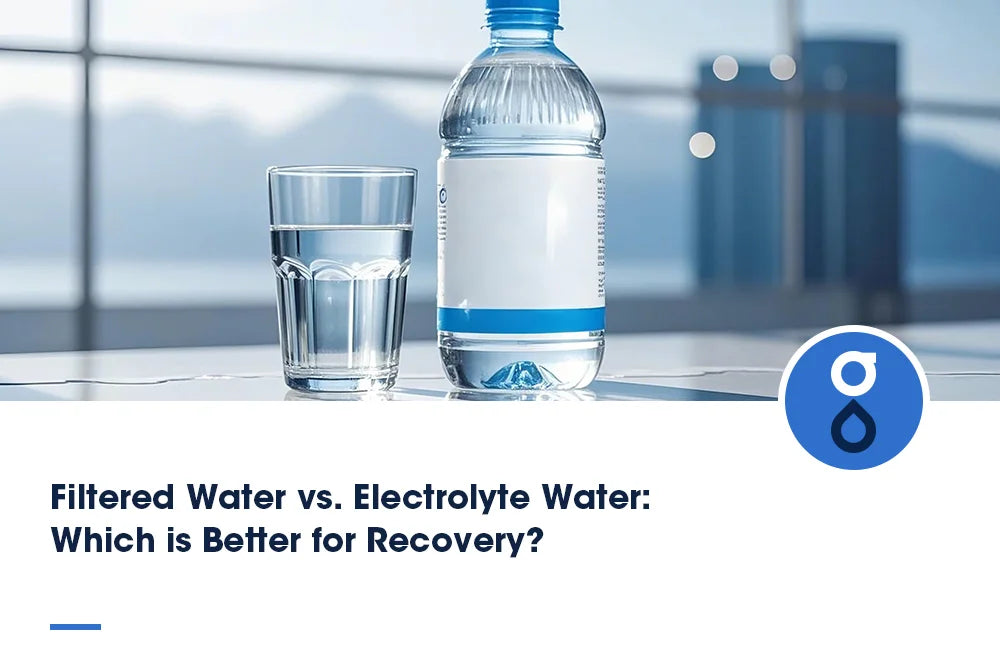Table of Contents:
Understanding desalination
Understanding reverse osmosis
Key differences between desalination and reverse osmosis
Which one works better for you?
Emerging innovations in water purification
FAQs
Conclusion
Water is the foundation of life, yet millions worldwide still lack access to clean, safe drinking water. With global water scarcity becoming increasingly pressing, innovative solutions like desalination and reverse osmosis (RO) have emerged as key players in the quest for sustainable water sources. But while these two methods may seem similar, they have distinct processes, advantages, and drawbacks. Understanding the differences between desalination and reverse osmosis is crucial for deciding which one works best for your needs, whether you’re a homeowner, business owner, or policymaker looking for large-scale solutions.
In this blog, we’ll explore the details of both technologies, explain how they differ, and help you determine which one is right for your unique situation.
Understanding desalination
Desalination is the process of removing salts and other impurities from seawater to produce fresh water. This technology is crucial in regions where freshwater resources are scarce but seawater is abundant, such as coastal or arid regions. There are two primary types of desalination:
- Thermal desalination: This method involves heating seawater to produce steam and condensing it into freshwater. Common techniques include Multi-Stage Flash (MSF) and Multi-Effect Distillation (MED).
- Membrane desalination: Reverse osmosis is a subset of membrane desalination. It forces seawater through a semi-permeable membrane that blocks salt and impurities.
Desalination is typically used for large-scale operations, such as municipal water supply systems, industrial processes, and agricultural irrigation. Due to limited natural freshwater sources, countries in the Middle East, such as Saudi Arabia and the UAE, rely heavily on desalinated water.
Advantages of desalination
- Access to seawater: Desalination taps into the vast oceanic resource, providing a consistent water supply.
- Vital in arid areas: For regions that lack freshwater sources, desalination can be a lifeline.
Limitations of Desalination
- High energy consumption: Desalination, especially thermal processes, is energy-intensive, making it costly and environmentally taxing.
- Environmental concerns: The disposal of highly saline brine back into the ocean can harm marine life.
- High initial costs: The infrastructure for desalination plants requires significant investment.
Understanding reverse osmosis

Reverse osmosis (RO) is a filtration process using a semi-permeable membrane to remove impurities from water, including salts, chemicals, bacteria, and viruses. While RO is often associated with desalination, it is more commonly used to purify various water sources, such as tap water, groundwater, and wastewater.
In reverse osmosis, pressure is applied to force water through the membrane, which traps contaminants and allows only clean water to pass through. The filtered water is then collected, while the contaminants are flushed away. RO is used in a wide variety of applications:
- Residential water filtration: Homeowners use reverse osmosis systems for clean, potable water.
- Industrial purification: Factories, power plants, and research labs rely on RO to purify water for manufacturing processes.
- Desalination plants: RO is also used in large-scale operations, mainly when energy efficiency is a priority.
Advantages of reverse osmosis
- Effective contaminant removal: RO systems are excellent at removing a broad spectrum of contaminants, including salts, heavy metals, chlorine, and microorganisms.
- Energy efficiency: Compared to desalination, RO systems consume less energy, particularly when treating freshwater sources.
- Scalable: RO systems can be tailored to fit small-scale residential setups or large-scale industrial operations.
Limitations of reverse osmosis
- Water waste: RO systems typically waste some water infiltration, though newer models have reduced this issue.
- Maintenance: Membranes must be replaced periodically, and the system requires regular cleaning to maintain efficiency.
- Initial cost: While more affordable than desalination, high-quality RO systems can still come with significant upfront costs.
Key differences between desalination and reverse osmosis
Now that we’ve explored the fundamentals of both methods, let’s look at how desalination and reverse osmosis differ.

Which one works better for you?
Residential Needs------ If you’re a homeowner looking to improve the quality of your drinking water, a reverse osmosis system is likely the better choice. It’s affordable, efficient, and can be installed under your sink or as a whole-house filtration system.
Municipal or Industrial Needs------ Desalination is often the solution for large-scale water production in areas where freshwater resources are scarce. It’s ideal for coastal cities or arid regions that need a reliable, albeit costly, source of freshwater.
Budget Considerations------ Reverse osmosis is much more cost-effective for individuals and small-scale uses. While desalination requires huge infrastructure investments, reverse osmosis systems are available in a wide range of prices, from affordable home units to more advanced industrial systems.
Environmental Concerns------ Reverse osmosis may be more eco-friendly option due to its lower energy requirements and reduced environmental footprint. However, if you are in a coastal area and need large-scale water production, desalination with modern energy-efficient technologies could still be a viable choice.
Emerging innovations in water purification

The future of water purification lies in new technologies that combine desalination and reverse osmosis. Hybrid systems are being developed to improve energy efficiency and reduce environmental impact. Solar desalination and other renewable energy solutions are being explored to make desalination more sustainable. Additionally, advances in water recycling, smart membranes, and low-energy RO systems could drastically change how both methods are used.
FAQs
Can reverse osmosis be used for desalination?
Yes, reverse osmosis is one of the most efficient desalination methods, especially in large-scale applications.
What is the lifespan of a reverse osmosis membrane?
The average lifespan of an RO membrane is 2 to 5 years, depending on water quality and maintenance.
How does brine disposal from desalination plants affect the environment?
When discharged into the ocean, brine can disrupt marine ecosystems by increasing salinity and affecting marine life.
Conclusion
Desalination and reverse osmosis are both essential technologies in the fight against water scarcity, but they have distinct purposes, processes, and applications. Desalination provides a vital source of freshwater for large-scale operations in coastal or arid areas. On the other hand, reverse osmosis is a versatile and cost-effective solution for homes, businesses, and industries.
Understanding these differences can help you choose the right method for your needs, whether you're looking for a household water filter or an industrial-scale water purification system. Ultimately, both technologies are helping to make clean water more accessible — but selecting the right one depends on the specific context of use.
Would you like help selecting a water purification system for your home or business? Let Glacier Fresh knows, and we can guide you to the best option for your needs!

